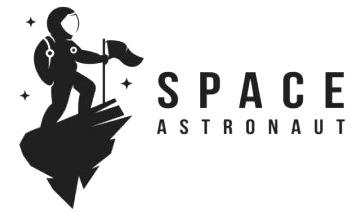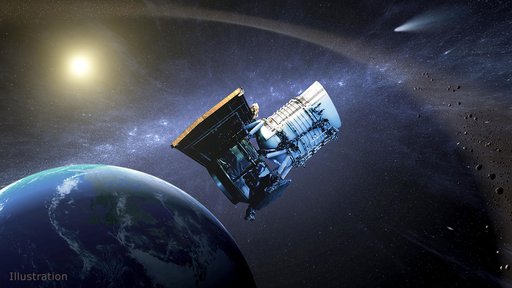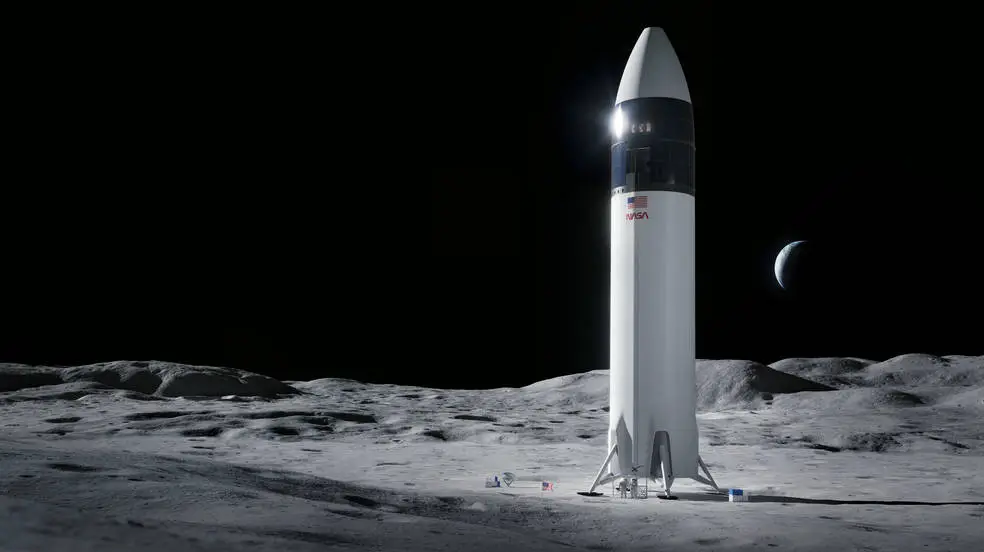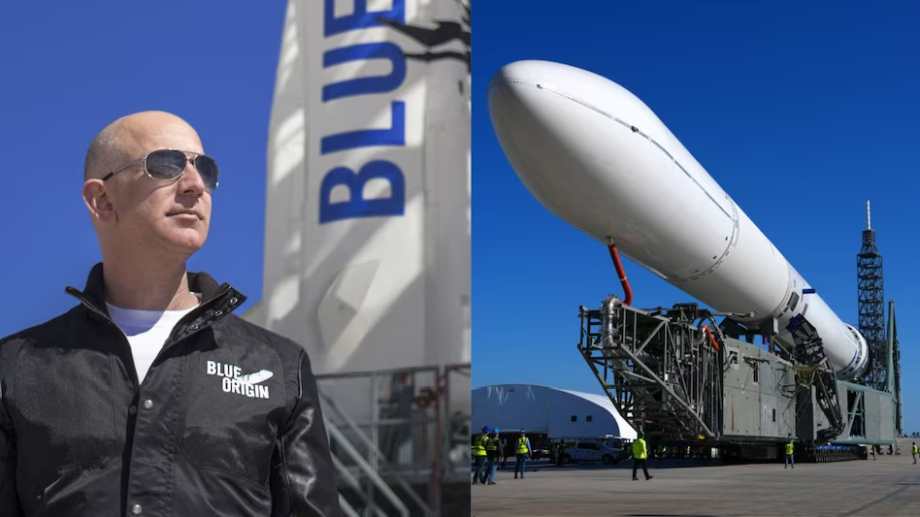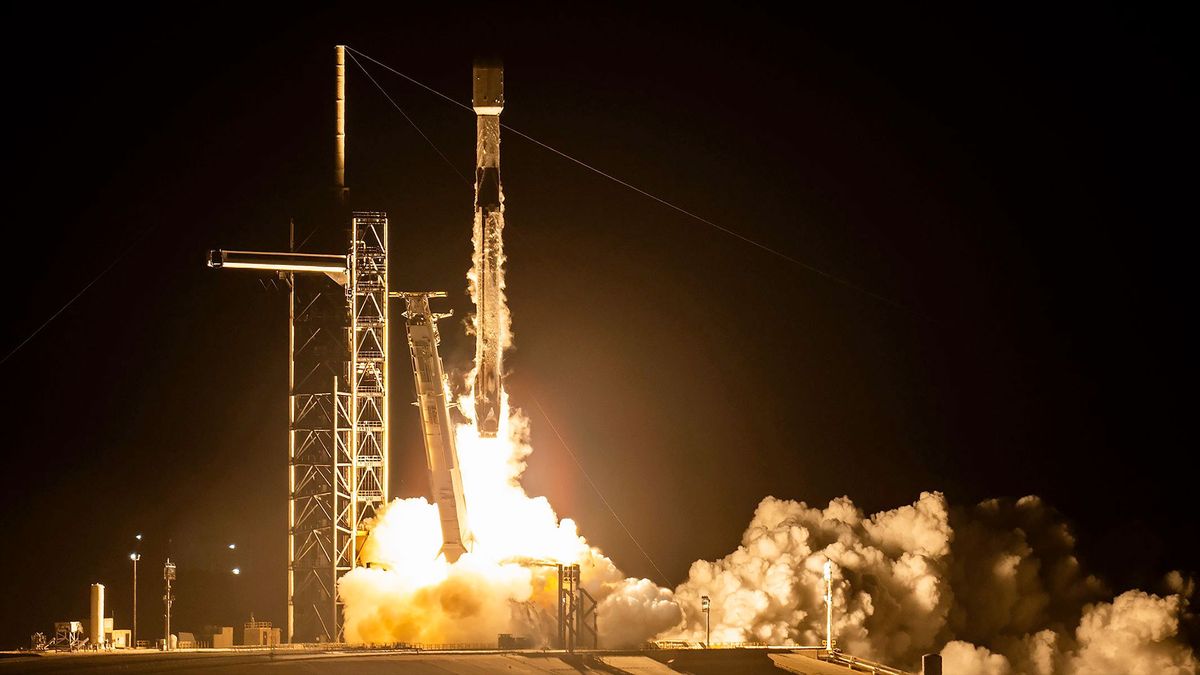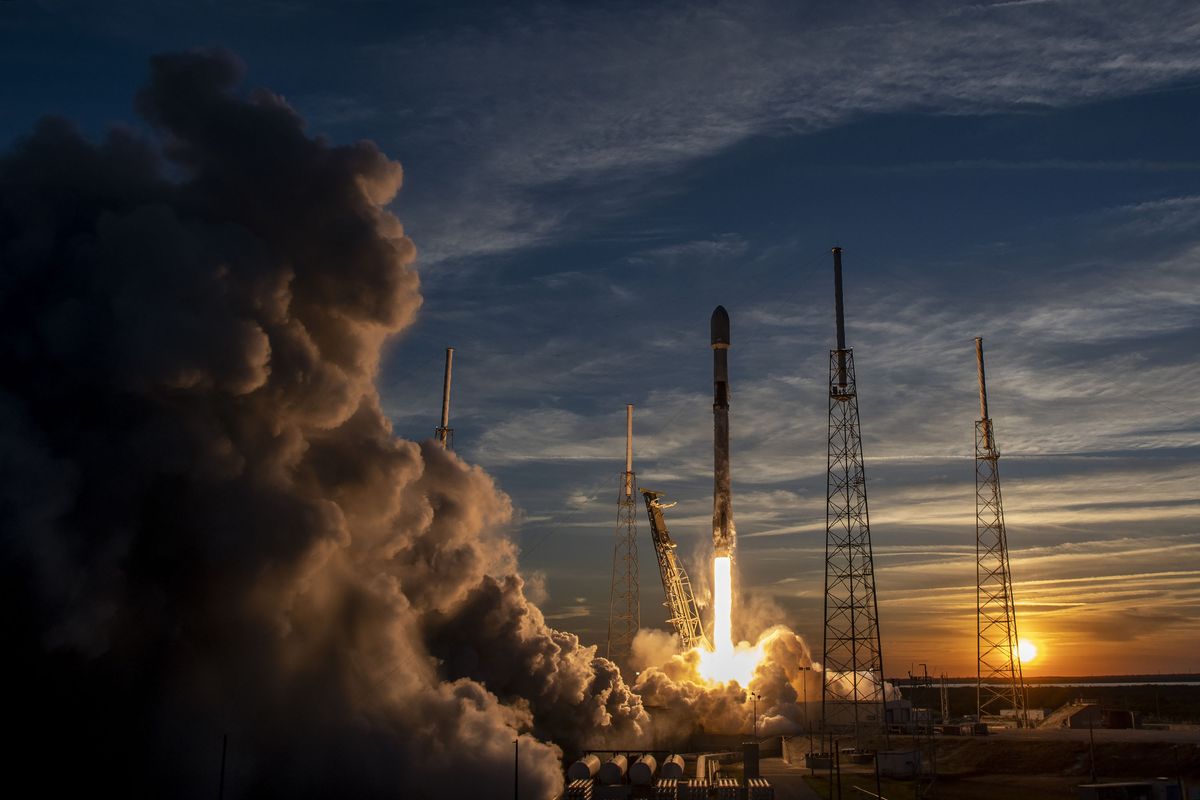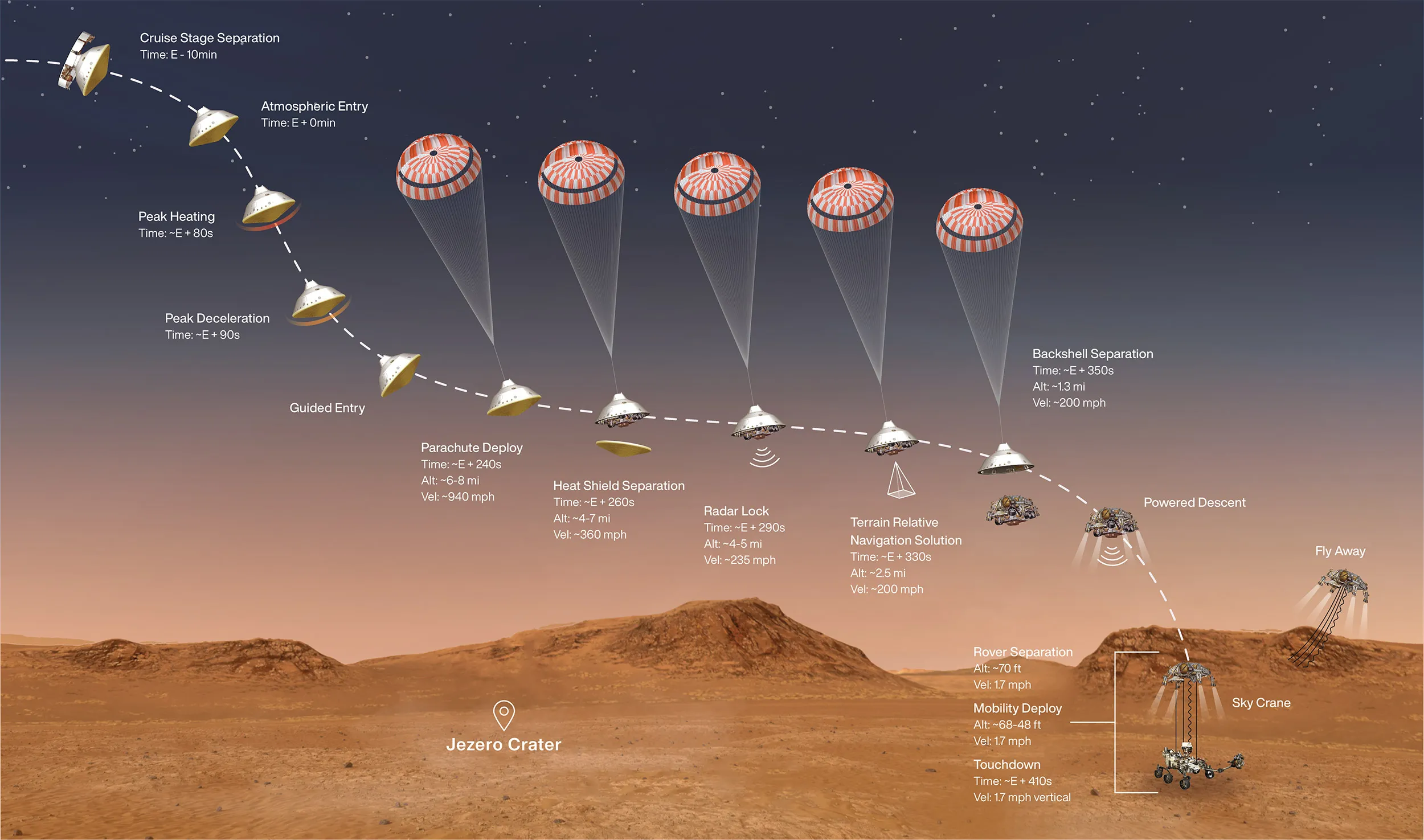In an unexpected turn, a cosmic vagrant – an asteroid discovered orbiting near Earth – has revealed a lunar connection. Scientists have uncovered tantalizing clues, suggesting it’s not an alien interloper but a piece of our own moon. The findings, published in Nature Communications, paint a fascinating picture of a space rock ejected from our lunar companion long ago, embarking on a celestial odyssey. This lunar castaway, named 2020 SO, has been providing scientists with an intimate glimpse into the composition of our cosmic neighbor. Its presence offers a unique opportunity to study the moon’s history and may unravel secrets of the early solar system.
Astronomy
Your blog category
Pittsburgh – How a Steel City is Transforming Into a Space City
In an audacious leap beyond its industrial past, Pittsburgh is metamorphosing into a “Space City” with celestial aspirations. Once synonymous with steel mills, the city now reverberates with aerospace innovation. The legacy of generations of engineers and technicians fuels a vibrant space ecosystem, driving research in robotics, propulsion, and lunar exploration. With cutting-edge facilities like the Moon2Mars mission operations center, Pittsburgh boldly charts its course in the vast expanse of the cosmos. As it redefines its identity, the city harnesses its industrial heritage to propel its journey into the unfathomable realms of space exploration.
NASA’s Perseverance Captures ‘Googly Eye’ During Solar Eclipse
In the vast Martian landscape, adventure unfolded beyond expectations when NASA’s Perseverance rover made an odd revelation during a celestial event. As the rover witnessed the extraordinary spectacle of a solar eclipse, its cameras gazed upon a peculiar entity – a formation on a rock that resembled a pair of googly eyes.
Frozen forever in an amusing spectacle, the “googly eye” formation has captured imaginations and added a touch of levity to the rover’s otherwise serious mission. This moment of cosmic comedy has highlighted the boundless wonders that can be found within the relentless pursuit of scientific discovery.
NASA JPL Developing Underwater Robots to Venture Deep Below Polar Ice
In the ethereal realm of frozen oceans, where darkness reigns supreme, a new breed of robotic explorers is poised to unveil secrets hitherto hidden from human eyes. NASA’s Jet Propulsion Laboratory, an enigmatic abode of innovation, is birthing these aquatic sentinels designed to traverse the uncharted depths beneath polar ice. Equipped with keen sonar and a thirst for knowledge, these underwater emissaries will venture into a realm scarcely visited, opening new frontiers in our understanding of Earth’s aquatic mysteries.
NASA to Preview Europa Clipper Mission to Jupiter Moon
Europa Clipper’s Grand Rendezvous with Jupiter’s Enigmatic Moon
NASA unveils a tantalizing preview of Europa Clipper, a game-changing mission to Jupiter’s enigmatic moon, Europa. This celestial odyssey, scheduled for lift-off in 2023, will embark on a gripping journey to unravel the watery depths of Europa, a prime candidate for harboring extraterrestrial life. With its powerful telescope and suite of advanced instruments, Europa Clipper will explore Europa’s vast ocean beneath its icy crust, searching for evidence of its habitability and potentially rewriting our understanding of life in the cosmos.
Hydrogels Could Be Ideal Radiation Protection For Astronauts
Amidst the cosmic abyss, astronauts endure an incessant barrage of radiation. Their bodies, like fragile vessels, face the relentless onslaught of charged particles that penetrate space. To safeguard these intrepid explorers, hydrogels, an innovative material inspired by nature, emerge as a promising shield. These water-based structures, imbued with the pliant flexibility of living tissue, hold the key to protecting astronauts from the damaging effects of cosmic rays and solar flares.
Bezos’s Blue Origin rocket firm to cut 10% of workforce
In a strategic pivot, Bezos’s Blue Origin rocket firm announces the reduction of 10% of its workforce, citing a need to optimize operations and focus on long-term sustainability. The move signals a recalibration as the company navigates a competitive and rapidly evolving aerospace landscape, continuing its pursuit of space exploration with a refined approach.
There was nearly 1 rocket launch attempt every 34 hours in 2024 — this year will be even busier
A flurry of rockets soared through the sky in 2024, with an average of nearly one launch attempt every 34 hours. As we embark on a new year, the cosmic cadence is set to accelerate, promising an even more thrilling display of celestial choreography. In 2025, the heavens will witness a veritable rocket renaissance, as companies and nations race to establish their presence beyond our planet’s embrace. From delivering satellites to exploring distant worlds, these skyward journeys will shape the trajectory of human history in the years to come.
SpaceX rocket launch spawns dazzling ‘space jellyfish’ in evening sky (photos)
On the cusp of dawn, a surreal spectacle unfolded in the twilight heavens. SpaceX’s rocket launch, a cosmic ballet in miniature, painted the night sky with incandescent hues. As the payload soared skyward, it left behind a mesmerizing trail, coalescing into ethereal orbs that resembled celestial jellyfish.
These celestial wonders, suspended in the cobalt expanse, shimmered and danced with a breathtaking luminescence. The sky transformed into an ethereal tapestry, where cosmic jellyfish trailed the departing vessel like celestial escorts. The once-serene heavens had been imbued with a vibrant, almost dreamlike, artistry.
Perseverance rover’s Mars samples show traces of ancient water, but NASA needs them on Earth to seek signs of life
In Jezero Crater’s distant depths, where an ancient river once flowed, the Perseverance rover has unearthed tantalizing clues of Mars’ watery past. Its collected samples reveal minuscule zircons, mineral archives holding whispers of billions of years ago when the Red Planet was a wetter, more hospitable place. However, the elusive secrets of Martian life, if any, lie sealed within these tiny fragments. To unlock them, NASA yearns to bring these precious samples home, where Earth’s most advanced tools can delve into their molecular depths, searching for the telltale signatures of life’s origins.
